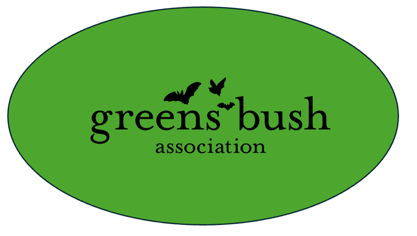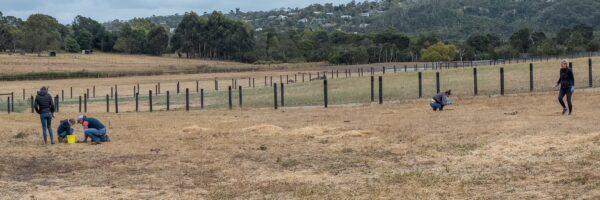As part of our ‘Delving Deeper into Greens Bush’ series of educational walk & talks, Greens Bush Association (GBA) recently carried out a guided walk in Greens Bush (GB) with our Parks Victoria (PV) ranger, Kim Cott. & GBA organisers, Virginia Carter & Mark Mooney. The aim of the walk was to showcase & discuss the extent & overall strategy of restoration works occurring throughout GB. A map highlighting all works was displayed & discussed at different points of the walk…
Thanks to technological advances, citizen science has evolved into a major force in observing and understanding our environment. Familiar examples include Birds in Backyards, the FrogID, and Snap Send Solve (for dead or injured animals). What is not widely realised is that many of these data are automatically uploaded to a central repository called Atlas of Living Australia (ALA). A repository that now contains over 130 million records of flora and fauna in Australia (indigenous and exotic) and…
Have you been frustrated when looking for advice on attracting native fauna to your garden and found little more than generic suggestions to plant bright flora and make water available? I chanced upon a practical solution: plant seedlings of colourful perennials in 20cm diameter plastic pots; drill a hole near the bottom of old chamber pots, put a few river pebbles in their base; pop in the flower pot and wait for your new roomies. The first photo shows my set up. The pots came from junk shops…
As part of our ‘Delving Deeper into Greens Bush’ series of educational walk & talks, Greens Bush Association (GBA) recently carried out a guided walk in Greens Bush (GB) with our Parks Victoria (PV) ranger, Kim Cott. & GBA organisers, Virginia Carter & Mark Mooney. The aim of the walk was to showcase & discuss the extent & overall strategy of restoration works occurring throughout GB. A map highlighting all works was displayed & discussed at different points of the walk…
The 2023/24 Meet Your Bushland program, a community-driven conservation initiative, was led by MP Landcare Network and the Western Port Biosphere Foundation. Its aim was to bridge the gap between landholders and the native bush on their properties. Through immersive walk-and-talk sessions on the land, participants delved into sections with the highest habitat values, gaining insights into the ecological tapestry of their land. The program's impact extended beyond a mere exploration of nature…
As part of their AGM, the Equine Landcare Group conducted a talk, walk and search for dung beetles on a Peninsula Property, led by Karen Thomas from Melbourne Water, who gave up some precious weekend time to pass on some of her impressive knowledge. The introduction of exotic dung beetles into Australia has been and Australian success story, with millions of beetles working to clear cow, horse, and sheep dung from the surface and distributing nutrients deep into the soil. A good history of…
1. Connecting with, and Protecting our Remaining Coastal Moonah Woodland Sandy beaches, rugged cliffs and the twisting, somewhat haunting Moonah trees (Melaleuca lanceolata subsp. lanceolata) are natural features many imagine when they visualise the southern Mornington Peninsula, an area of unique beauty much loved by holidaymakers and residents. Not only is the Coastal Moonah Woodland visually stunning, it also performs an important function. It helps stabilise dune…
The recent Count Your Mob program that mobilised community members to photograph and count our macropods, then upload these to iNaturalist for collating has demonstrated the power of Citizen Science in exposing the inadequacies of remote efforts to make such estimates. But it did require a lot of effort by those terrific volunteers and also left some areas potentially under-sampled. Drones to the rescue. Modern drones are easy to operate and can be equipped with advanced sensing systems to aid…
An interim finding of the comprehensive ground survey of Peninsula Eastern Grey Kangaroos (EGK) (conducted by a wide range of local volunteers and archived on iNaturalist) has found a total population of perhaps 2,000, with the bulk occurring in a broad arc from Bushrangers Bay to Greens Bush, Arthurs Seat, and up to Devilbend - plus a resident mob at Cerbrus (see figure). Assessed kangaroo numbers as of August 10, with each number representing the likely population at that location…

